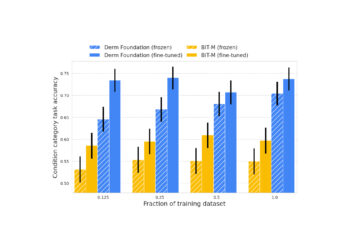### Core Principles Driving Repeatable Outcomes
Deterministic AI prioritizes repeatable outcomes by designing the entire system — from inputs to agent behaviors — with minimal ambiguity, breaking determinism primarily at orchestration layers through non-versioned elements or runtime variability. It demands versioned policies, fixed communication protocols, and infrastructure-as-code to eliminate hidden chaos, enabling traceable workflows essential for industries requiring explainability like finance and healthcare. Without such gates, non-deterministic behavior erodes trust, as varying outputs for identical inputs undermine audits and compliance.[1]
### Mechanisms for Validation and Rejection
The architecture succeeds only when validation confirms logical soundness, producing a unique solution via enforced structure; otherwise, it halts to prevent partial or erroneous results, mirroring rejection states in rigorous processing pipelines. PwC’s AI Predictions report notes that 85% of executives view explainability as critical, with determinism forming its foundation by ensuring reproducible paths from input to output. Debugging non-deterministic systems is likened to pursuing elusive bugs, emphasizing the pragmatic need for gates that guarantee consistency and sovereignty over outputs.[1]






